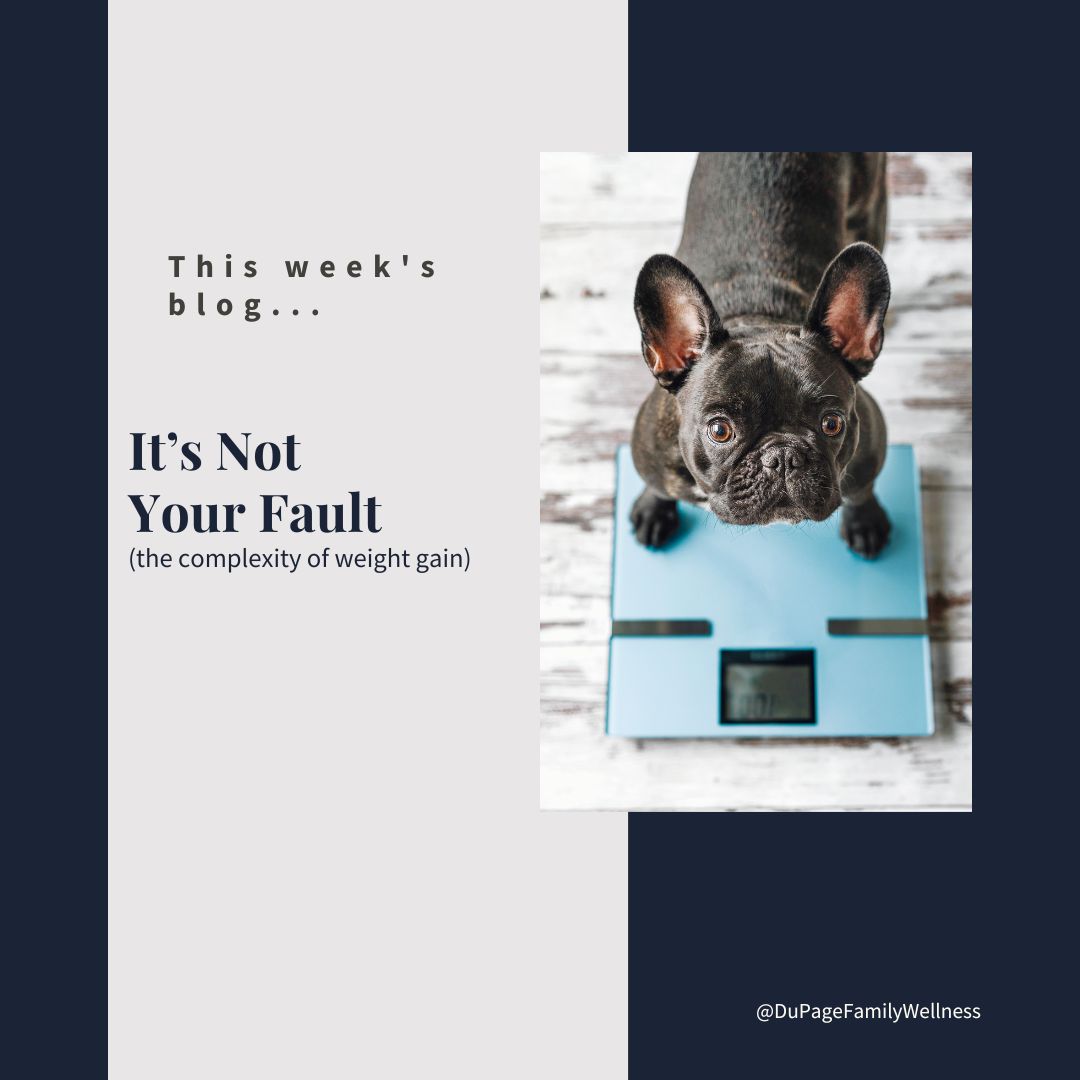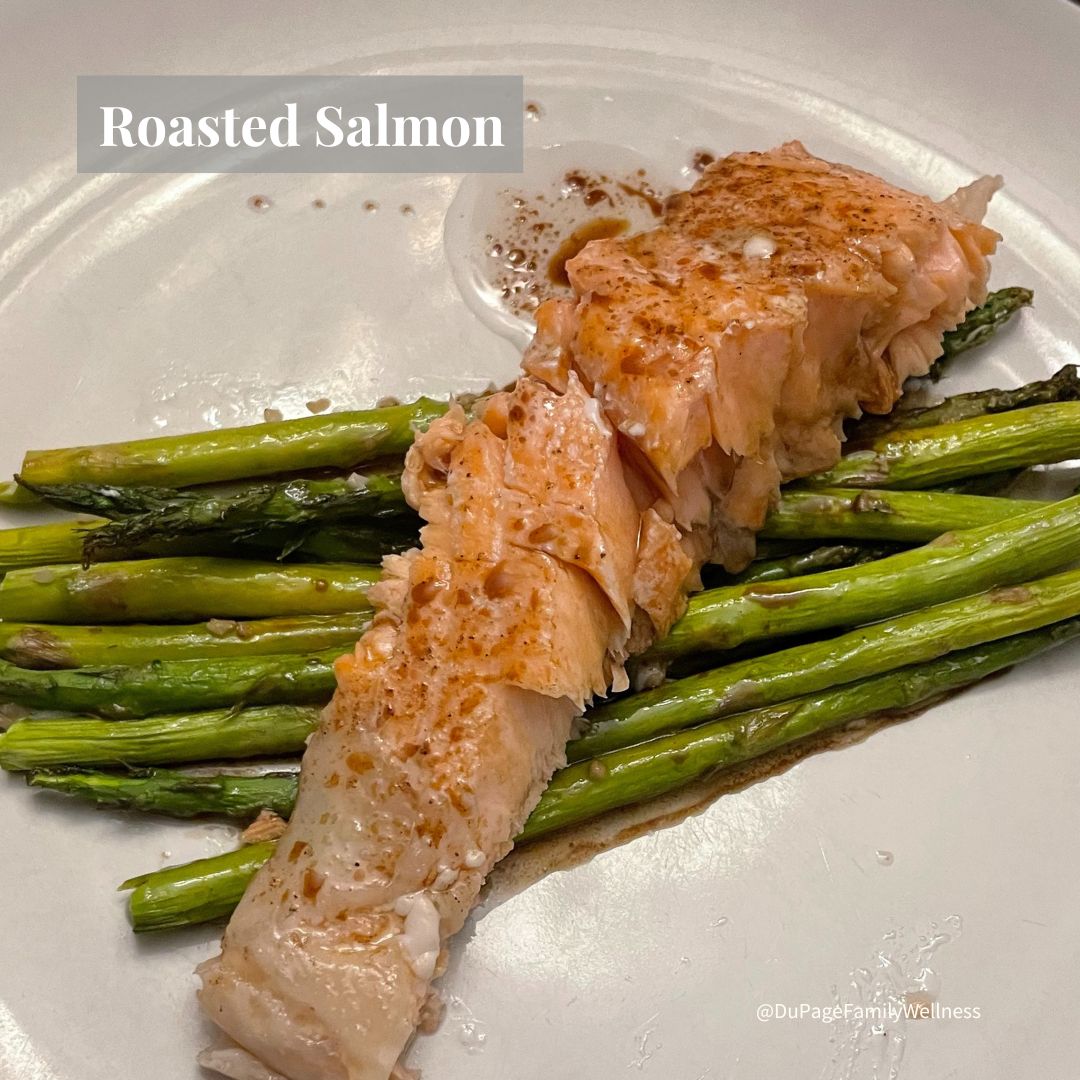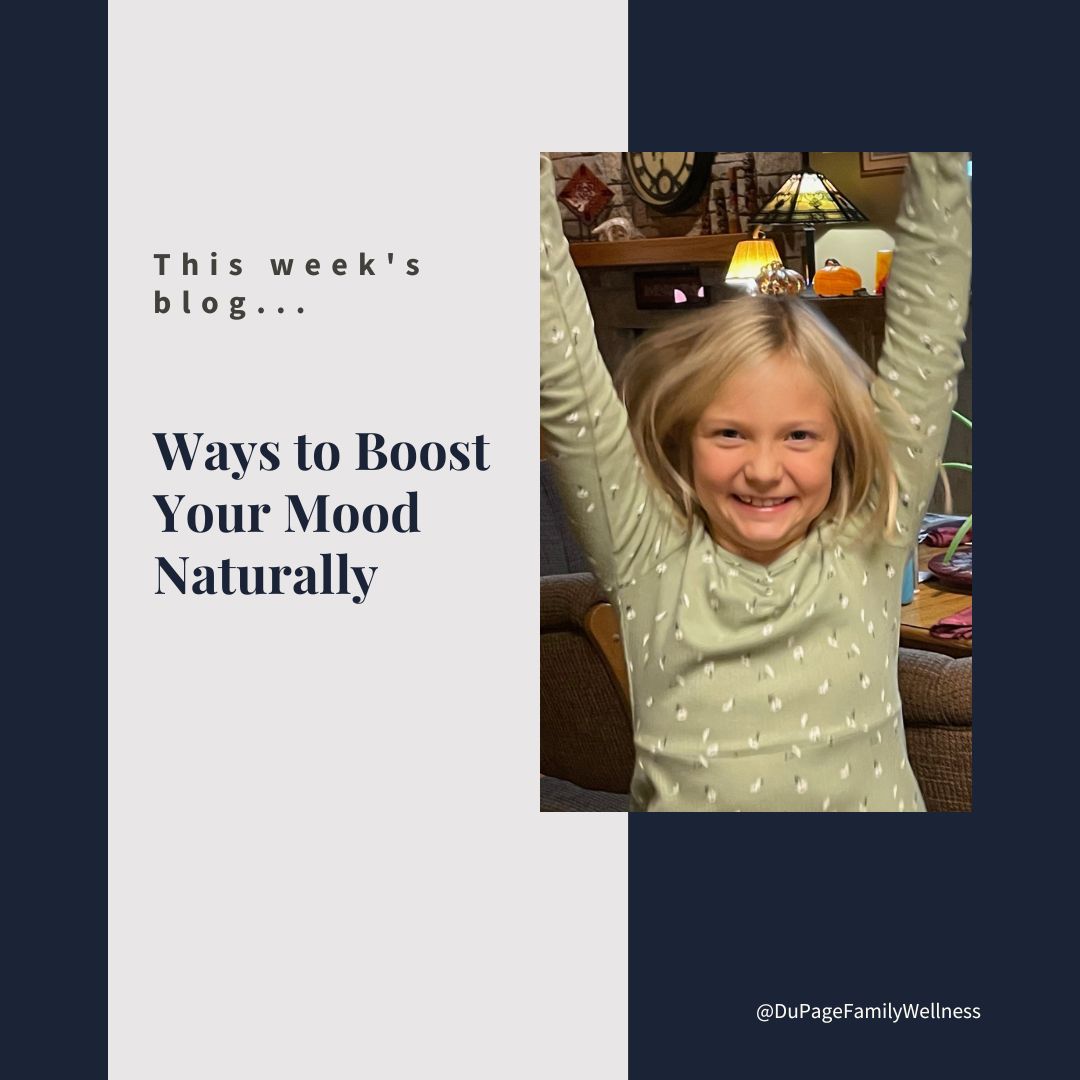Connecting with Yourself
You can not deeply connect with others without being connected to yourself. Knowing yourself and what you value is the foundation for all other relationships. It will help you determine what relationships you want to invest in and allow you to show up authentically. This will make the relationship richer for both parties.
Slowing down can help you connect with yourself, but it can be tricky to know where to begin. Your body can help you notice feelings that may have been overlooked for too long, so start noticing what is going on in your body. Is there tightness in your body from stress? Do you feel a sense of lightness when you are peaceful or happy? Use these sensations to draw your attention to what you are feeling and start to put words to your emotions.
Recognize these feelings without judgment. Do not try to change them. Each one provides valuable information about things that matter to you. Intense emotions can indicate that something is important to you.
Here are some ways that may help you connect with your inner world...
- bundle up and go for a relaxing walk.
- read a book and contemplate your reaction.
- take some time to journal.
- sit alone by the fire.
- go to a coffee shop alone (Kindred in West Chicago is my favorite)
- do a guided self-compassion meditation (with Kristen Neff).
- practice box breathing (also known as Four Square breathing).
- use art as a tool for self-connection. (You don’t have to be an artist, even an adult coloring book can help with reflection.)
- experiment with the 5-4-3-2-1 grounding exercise.
- work with a therapist to get in touch with your internal world.
Connecting with Others
The American Association for the Advancement of Science published a study that found “a lack of social connection is a greater detriment to health than obesity, smoking, and high blood pressure.” On the other hand, positive connections improve your immune system and lead to a 50% increased chance of longevity.
So, what is social connection and how do we cultivate it? Author and researcher Brene Brown defines connection “as the energy that exists between people when they feel seen, heard, and valued; when they can give and receive without judgment; and when they derive sustenance and strength from the relationship.”
The first step to developing this type of relationship is to find people that you would like a deeper relationship with. Look for people that you share common interests with and see regularly. If you don’t already have people like this in your life, try finding some through community groups (meetup groups, book clubs, local schools, spiritual communities, etc.)
It takes time to establish deep friendships, but here are some ways to increase the likelihood of developing them with the people in your life…
Make time for important people in your life
- connect around the dinner table a few times a week
- invite friends to go out for coffee
- have a game night at your house
- hang out in the evening with the people in your home
- call a family member
- text an old friend
Do an activity together
- go for a walk
- enjoy a round of golf
- do some shopping
- head to the bowling ally
- challenge yourselves to a room escape
It's Not Your Fault
 It is thought that if we eat too much we will gain weight, but the truth is much more complex. A simplistic view often causes a lot of shame for those who are struggling with their weight.
It is thought that if we eat too much we will gain weight, but the truth is much more complex. A simplistic view often causes a lot of shame for those who are struggling with their weight.Our society is changing, but historically there has been a lot of judgment and criticism of people who are on the heavier side. This is unfair because many factors influence a person’s weight.
Investigative science, health journalist, and author Gary Taubes says, “We don’t gain weight because we’re eating more. We’re eating more because we’re gaining weight.” Other factors, not just willpower, need to be brought into the conversation.
Let’s take a more in-depth look at this issue so that we can more effectively address it.
Evolution
As humans, we are designed for survival. In the past, eating lots of high-calorie food helped our ancestors survive. For our hunter and gatherer ancestors, it was difficult to find or kill enough calories in some seasons.
When food was available, they did not let food go to waste. It was in their best interest to eat as much as they could, so willpower was not needed. After all, it could be a while before they had access to food again. Unfortunately, this survival instinct does not pair well with our current environment. For many of us, food is no longer scarce. Fatty, sweet, salty, decadent snacks abound. Most of the time these snacks are highly processed and not healthy. Nowadays we even have food scientists specifically working to make these foods addicting.
You may beat yourself up for not having the willpower to avoid these snacks, but it is not your fault. Generation after generation, you were wired to WANT to eat calorie-dense food when it was available. It was crucial for your survival. The best way to combat this is by keeping foods that you do not want to eat out of your environment. Relying on willpower may work for a while, but it is not a great long-term plan. If you have to run to the store to buy something, you will be less likely to eat it than if you just need to go to the kitchen.
Inflammation
Gaining body fat causes inflammation which has a profound impact on brain function. According to neurologist David Permutter, inflammation changes brain wiring and keeps us “out of the prefrontal cortex and locking us into impulsivity.”
The prefrontal cortex is the part of your brain responsible for executive function. It is the decision-making center of the brain. When excess inflammation is present, it sets off a cycle that ultimately disconnects us from making good decisions.
Inflammation also impacts the quality of our sleep, which leads us to more impulsivity. David Perlmutter, author of Brain Wash, states that “people who chronically don’t sleep well will consume, on average, approximately 380 calories more each day, without a similar increase in energy expenditure.”
So, gaining weight leads to low-quality sleep, which leads to inflammation, which leads to impulsivity, which leads to more weight, which leads us to lower-quality sleep, and the cycle begins. In addition, the changes in the brain due to inflammation impact the ability to make wise decisions to break the cycle.
Breaking the Cycle
In Brain Wash, Perlmutter describes the concept of off-ramps, which are ways to disengage from these negative cycles. These off-ramps are designed to give us back control and include things such as prioritizing sleep, mindfulness, and connection.
When we understand the way we have gotten caught in a cycle, we can choose to make different decisions. Even little changes can help break the cycle and gain more control, which leads to more good decisions.
Permutter encourages giving yourself “credit for the healthy choices you make - even the small ones - and try to let go of any stress you feel if you make a misstep. Stress can be just as detrimental to your health as a junk food binge.”
Here are some things you can try this week.
Reframing Failure
 The second Friday of January has been deemed Quitter's Day. The day is intended to encourage those who are giving up on their New Year's Resolutions to keep pushing towards their goals even if they do not do it perfectly.
The second Friday of January has been deemed Quitter's Day. The day is intended to encourage those who are giving up on their New Year's Resolutions to keep pushing towards their goals even if they do not do it perfectly.Many view it as failure when they do not meet all of their goals; it can be a painful experience, leading to embarrassment and shame. But, what if we could reframe the experience of "failing" by looking at the bigger picture?
Most of our success is a process. We don't wake up knowing new skills; we need practice. So, ask yourself if failing is simply a footstep on the path to greatness. Are there ways to modify your goals that will still take you in the direction you want to go?
Let’s explore this topic and see why many leaders deem failure necessary.
Growth From Failure
Think about one of your greatest achievements. Did you accomplish it easily without any challenges? Most likely you didn't because messing up is part of the learning process.
Winston Churchill said, "Success consists of going from failure to failure without loss of enthusiasm." Accepting our failures as part of a bigger picture helps us from letting discouragement hold us back.
Making a mistake gives us valuable information. When we embrace these mistakes, we can take what we’ve learned and apply it toward achieving our goals. It can also be a chance to reconsider and modify our goals.
Limits of Playing it Safe
Elon Musk allows failing to be an option in his work, saying, "If things are not failing, you are not innovating enough."
Understanding the importance of failing, frees us up to risk, try, fail, and learn more. If you never fail, your goals may be too small. It might keep you from failure but will limit your ability for growth. Achieving greatness inherently comes with the risk of failure.
If we can embrace our mistakes as a part of learning, we will not need to play it safe. We will be free to try innovative ideas with the potential for huge success. No one is good at something the first time they try, but there are benefits in taking a risk!
Failing Forward
Many people seen as the most successful were often considered failures at one point. Did you know that Howard Schultz was rejected for a loan 242 times before he secured the funds to start Starbucks?
I like the term "failing forward." We fail forward when we keep persevering despite failure, knowing that failing is a part of the learning process. Embracing this truth frees you up to be (and accomplish) all you can be!
So, when you start to feel like a failure, remember the words of J.M Barrie who authored Peter Pan. He says, “We are all failures - at least the best of us are.”
What would you try if you knew you wouldn't fail? How can you embrace failure, knowing it is part of the process?
Dr. Jamie
My Whole30 January
 I'm doing Whole30 for January with my husband Jared. Whole30 involves eating only "meat, seafood, and eggs; lots of vegetables and fruit; natural, healthy fats; and fresh herbs, spices, and seasonings" for thirty days (The Whole30 Program).
I'm doing Whole30 for January with my husband Jared. Whole30 involves eating only "meat, seafood, and eggs; lots of vegetables and fruit; natural, healthy fats; and fresh herbs, spices, and seasonings" for thirty days (The Whole30 Program).I am currently on day 15, and here are a few of the biggest things I've noticed:
- My clothes are fitting better
- My skin isn't as dry.
- TMI for some of you, but my bowel movements have improved according to the Bristol Stool Chart that we have chatted about before.
- My tooth/gum sensitivity has improved. I noticed this symptom immediately after giving birth to Izzy when brushing my teeth. My best guess for why it improved is the same as why my bowel movements have improved- the mouth is after all the very first part of the digestive tract. Yay for decreased inflammation everywhere!
- My children bring me lots of food items that they don't finish and expect me to eat them (because I have always done this- think sandwich edges, parts of bagels with cream cheese, pizza crusts, a few ounces of milk or juice several times a day, etc.)
- As much as I aspire to eat lots of vegetables, we had gotten really comfortable eating much more of what I consider more nutrient-poor filler foods like pasta, rice, bread, etc. several times each week. I am really loving being back to consuming more vegetables with every meal
- It is much easier to do this with my husband on board than it would be doing it on my own. My kids aren't doing the whole30, but are likely benefitting from the meal prep we have been consciously doing so far this month.
While this will take self-control, Whole30 does not encourage you to limit your food intake or count calories. It focuses on eating quality food until you are satisfied. So, the hardest thing about eating this way is finding the time to make this healthy food.
Mealime has been one of my favorite tools; it is an app that takes some of the mental load out of finding great recipes, meal planning, and grocery shopping. Finding shelf-stable snacks that taste great and are free from ingredients we do not want in our bodies has also been imperative. Paleovalley beef sticks are snacks we feel good about having between meals.
Let me share some things that helped us make this happen.
Whole30
The Whole30 is not intended for weight loss; it is an elimination diet designed to help you identify food sensitivities, create new habits, and reestablish a healthy relationship with food.
The first phase of Whole30 involves only eating meat, seafood, eggs, vegetables, fruit, healthy fats, fresh herbs, spices, and seasonings. You are not encouraged to count or restrict calories, limit portions, or keep a food journal
The ten-day reintroduction phase follows. In this phase, food groups are introduced in a specific way that allows you to notice any symptoms that may be associated with it. You can find all the details at the Whole30 Program.
Who Would Benefit?
If you are tired all the time, have trouble with sleep, struggle with digestive issues, consistently feel achy, or suffer from other unwanted symptoms (acne, migraines, asthma, allergies, anxiety, etc.) this program may be good for you. Even “healthy” foods can strain your physical and mental health and keep you from feeling great. The Whole30, helps you do a 30-day experiment to see how specific foods impact the quality of your life.
It also is a great reset for those who want to improve their relationship with food. However, it is NOT advised for anyone who has struggled with an eating disorder - regardless of whether it was formally diagnosed or not. If you have ever wondered if you have an eating disorder, please talk with a healthcare professional before starting any eating program. In fact, talking with your healthcare provider is good for everyone.
Mealime
The Mealime app (We use the free version) has been a game changer. I find my recipes by selecting the Paleo option and indicating no dairy, soy, or corn. Most recipes with these filters are Whole30 compliant, but sometimes I make minor adjustments like skipping maple syrup or honey. You can set it up for 2, 4, or 6 servings of each meal. We choose 6, and this typically will get us dinner for the whole family plus an extra lunch serving for Jared and I.
After selecting the recipes, Mealime creates the meal plan and provides a grocery list of everything you will need to cook your meals. The grocery list is incredibly user friendly, and I can check off items that we already have, and while shopping, can check off items as they are added to the cart. We haven't used this feature, but it is integrated with multiple online shopping options which you can choose to pick up or have delivered.
Jared and I both have the app on our phones, and log in under my log in. This way we can each select meals, access the shopping list, and see the recipes. This lets either one of us cook the meal depending on what works best on a given night.
Here are some of the recipes we have tried…

A Great Whole30 Compliant Snack
Paleovalley’s mission is to offer nutrient-dense products that can enhance health, made with integrity and free from harmful ingredients. My family loves the Paleovalley Beef Sticks. My kids prefer the original and the garlic summer sausage, but I like all the ones we have tried. You can also choose pasture-raised chicken sticks, grass-fed venison sticks, or pasture-raised pork sticks.
Paleovally also makes superfood bars, organic supergreens, grass-fed bone broth protein, grass-fed whey protein, electrolytes, superfood golden milk, organic coffee, olive oil, and spices.
You can see the details about their products at Paleovalley.com
If you want to hear more about my Whole30 experience, just ask at your next appointment!
Dr. Jamie


 We have four weeks and one day until spring! That's right; spring begins on March 20th at 4:01 Central Standard Time.
We have four weeks and one day until spring! That's right; spring begins on March 20th at 4:01 Central Standard Time.  Whatever your relationship status, you deserve a great Valentine's Day. A relationship does not need to be romantic to be life-giving. Remember the many special people in your life, both friends and family. Take time to appreciate them and celebrate how special they are.
Whatever your relationship status, you deserve a great Valentine's Day. A relationship does not need to be romantic to be life-giving. Remember the many special people in your life, both friends and family. Take time to appreciate them and celebrate how special they are.